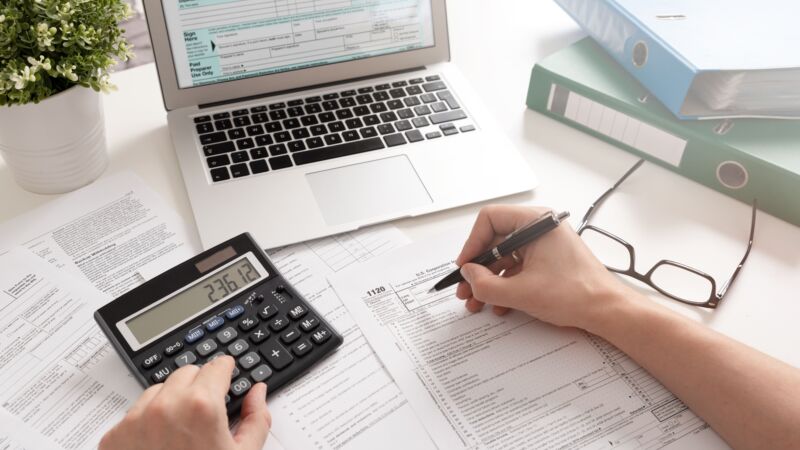Filing your Canadian income tax return can feel overwhelming, but with a well-organized approach, it can be a smooth and efficient process. This checklist equips you with the essential information to gather documents, understand key filing categories, and maximize potential deductions and credits.
Gathering Your Documents
The first step is collecting the necessary documents. Here’s a breakdown of what you’ll likely need:
- Personal Information:
- Social Insurance Number (SIN) for yourself, spouse/common-law partner, and dependents.
- Dates of birth for everyone mentioned above.
- NETFILE access code (if filing electronically).
- Notice of Assessment (NOA) from the previous year’s return.
- Income Records:
- T4 slips (employment income).
- T4A slips (pensions, annuities, Old Age Security [OAS], Canada Pension Plan [CPP] benefits).
- T5 slips (interest, dividends, investment income).
- T4E slips (employment insurance benefits).
- Other income slips relevant to your situation (e.g., rental income, self-employment income).
- Deduction and Credit Receipts:
- RRSP contribution receipts.
- Charitable donation receipts.
- Medical expense receipts (if claiming the medical expense credit).
- Childcare expense receipts.
- Education receipts (tuition, fees).
- Receipts for eligible work-from-home expenses.
- Receipts for other potential deductions (union dues, political contributions).
Understanding Key Filing Categories

The Canada Revenue Agency (CRA) categorizes your tax return into various sections. Familiarizing yourself with these sections ensures you include all relevant information.
- Income: Report all your income sources, including employment income, investment income, pension income, self-employment income, and benefits received.
- Deductions: These reduce your taxable income, lowering your overall tax burden. Common deductions include RRSP contributions, charitable donations, medical expenses, and some employment-related expenses.
- Non-refundable Tax Credits: These credits directly reduce the amount of tax you owe. Examples include the basic personal amount, the CPP/EI contribution credit, and the disability tax credit.
- Refundable Tax Credits: If the amount of the credit exceeds your tax owing, you receive a refund from the CRA. Examples include the GST/HST credit and the Canada Child Benefit.
Maximizing Deductions and Credits
Taking advantage of all eligible deductions and credits can significantly reduce your tax bill. Here are some tips:
- Review CRA Bulletins: Stay updated on the latest tax changes and newly introduced credits by checking the CRA website for relevant bulletins.
- Medical Expenses: Keep receipts for medical and dental expenses you or your dependents incurred.
- Charitable Donations: Ensure you have receipts for all charitable donations exceeding $20.
- Education and Childcare: Claim eligible education and childcare expenses for yourself or dependents.
- Work-From-Home Expenses: If you worked from home in 2023, you may be eligible to claim a portion of your home office expenses.
Additional Tips for a Smooth Filing Process
- File Electronically: NETFILE is a secure and convenient way to file your return electronically. It allows for faster processing and reduces the risk of errors.
- File on Time: The deadline to file your return is typically June 30th of the following year. However, if you owe taxes, the deadline to pay is April 30th. Filing late can result in penalties and interest charges.
- Keep Records for Six Years: Maintain copies of your tax return and supporting documents for at least six years after filing, as the CRA may request them for audits.

